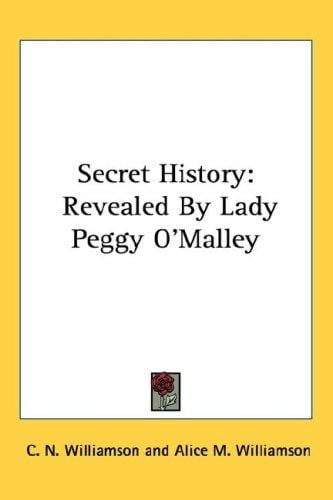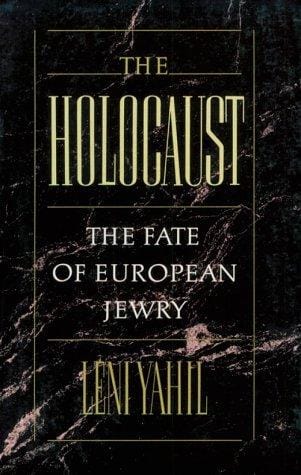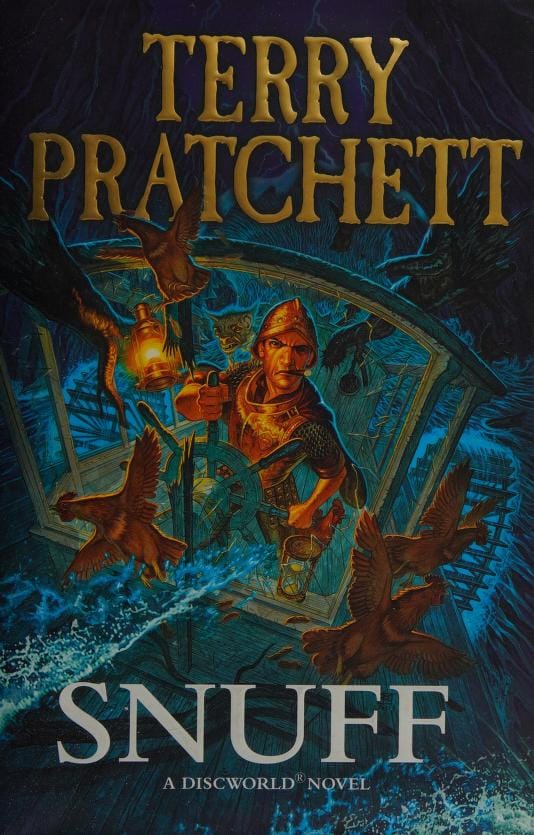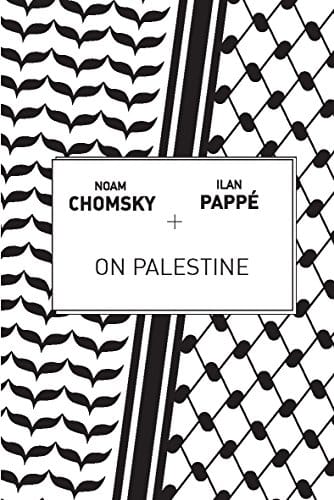Unlocking the Secret History: Understanding Hidden Narratives
Explore the concept of secret history, from hidden archives to suppressed stories, and learn how uncovering the past transforms our understanding of culture.

Introduction: The Allure of Secret History
Every culture, institution, and family harbors stories that were never meant for public eyes. These tales of ambition, intrigue, and subversion form what scholars call “secret history.” Unlike conspiracy theories, which often lack evidence, secret history rests on verifiable but overlooked sources that reveal how power truly operated behind the curtain. From dusty archives to encrypted emails, digging up hidden narratives offers an irresistible promise: that the past is richer, messier, and more relevant than the official record admits.
Defining the Term
“Secret history” refers to documented events concealed at the time they occurred or deliberately expunged from mainstream chronicles. The phrase gained traction during the seventeenth century, when writers claimed insider knowledge of royal courts, but it applies equally to classified state papers, corporate memos, or private letters released decades later. The common thread is intentional suppression; the material existed, yet social, political, or economic pressures pushed it into obscurity.
Ancient Roots of Hidden Narratives
The appetite for covert truth is hardly modern. Classical historians such as Herodotus blended public exploits with rumors whispered in Persian palaces, while Tacitus described Roman emperors’ backstage plots. In medieval Europe, monastic chroniclers embedded coded criticism of kings within devotional texts, a tactic that kept both heads and manuscripts intact. These early examples remind us that secrecy is a survival strategy for authors as well as a weapon for rulers.
Famous Examples Through the Ages
Secret dossiers changed the course of nations. The “Zimmermann Telegram,” intercepted in 1917, exposed Germany’s plan to ally with Mexico and nudged the United States into World War I. The Pentagon Papers, leaked in 1971, revealed governmental deception about the Vietnam War and reshaped public trust. Even personal diaries, like Anne Frank’s, challenge sanitized versions of wartime life. Every uncovered document forces historians to revisit assumptions and recalibrate timelines.
When Fiction Meets Fact: Donna Tartt’s The Secret History
Donna Tartt’s 1992 novel “The Secret History” popularized the term for a new generation, weaving a tale of privileged college students who commit murder and cloak it under layers of classical allusion. While the book is fiction, its popularity underscores our fascination with concealed motives and the moral gray zones of elite circles. The novel also illustrates how art can amplify scholarly conversations by dramatizing the psychological stakes of hidden truth.
Why Secret Histories Matter
Recovering suppressed stories corrects the historical record and gives voice to marginalized groups. Slave narratives, once dismissed, now illuminate the economic engines of early capitalism. Whistle-blower files offer granular views of modern surveillance states. By integrating these threads, historians construct a more inclusive tapestry, revealing how ordinary people influenced events previously credited to great men alone. In turn, societies can address past injustices with nuance rather than nostalgia.
Methods Used to Unearth Hidden Stories
Historians rely on a toolkit as diverse as the secrets they chase. Archival research involves sifting through uncataloged boxes for letters, receipts, or coded notebooks. Oral history captures memories that never entered written form, especially in communities wary of official scrutiny. Linguistic analysis deciphers euphemisms—“special treatment” in Nazi records, for instance—that mask brutal acts. Cross-referencing sources helps distinguish intentional silence from accidental omission, turning anecdotes into credible evidence.
The Digital Revolution in Secret History
Today, technology accelerates the hunt. Declassified databases, once accessible only in government reading rooms, are digitized and keyword searchable. Artificial intelligence compares millions of pages to spot anomalies or authorship patterns invisible to the human eye. Satellite imagery uncovers erased villages, while blockchain preserves leaked documents beyond the reach of censors. Yet the same tools that liberate information also create new layers of secrecy, as encrypted messaging apps hide contemporary communications from future scholars.
How Hidden Narratives Shape Culture
Secret histories ripple through literature, film, and popular discourse. Alternate-history novels reimagine outcomes when clandestine plans succeed or fail, while documentaries like “The Fog of War” reexamine declassified audio to critique policy. In classrooms, teachers use uncovered letters from suffragists or soldiers to humanize textbook timelines. Each revelation invites the public to question whose interests the official story serves, fostering a more critical and engaged citizenry.
Becoming a Detective: Tips for Curious Readers
You don’t need a Ph.D. to explore secret history. Start with reputable archives such as the U.S. National Archives’ “Access to Archival Databases” or the British National Archives’ declassification releases. Compare multiple sources and note discrepancies; silence can be as revealing as confession. Follow citation trails in scholarly articles, and use FOIA (Freedom of Information Act) requests to obtain unreleased files. Finally, read widely—from memoirs to court transcripts—to contextualize every fragment you uncover.
Conclusion: The Future of Secret History
As governments, corporations, and individuals generate ever-expanding data trails, tomorrow’s secrets are already being written. Whether future historians can recover them depends on today’s vigilance in preserving digital archives and advocating for transparency. By engaging with hidden narratives now, we not only enrich our understanding of the past but also safeguard the integrity of the historical record yet to come.



